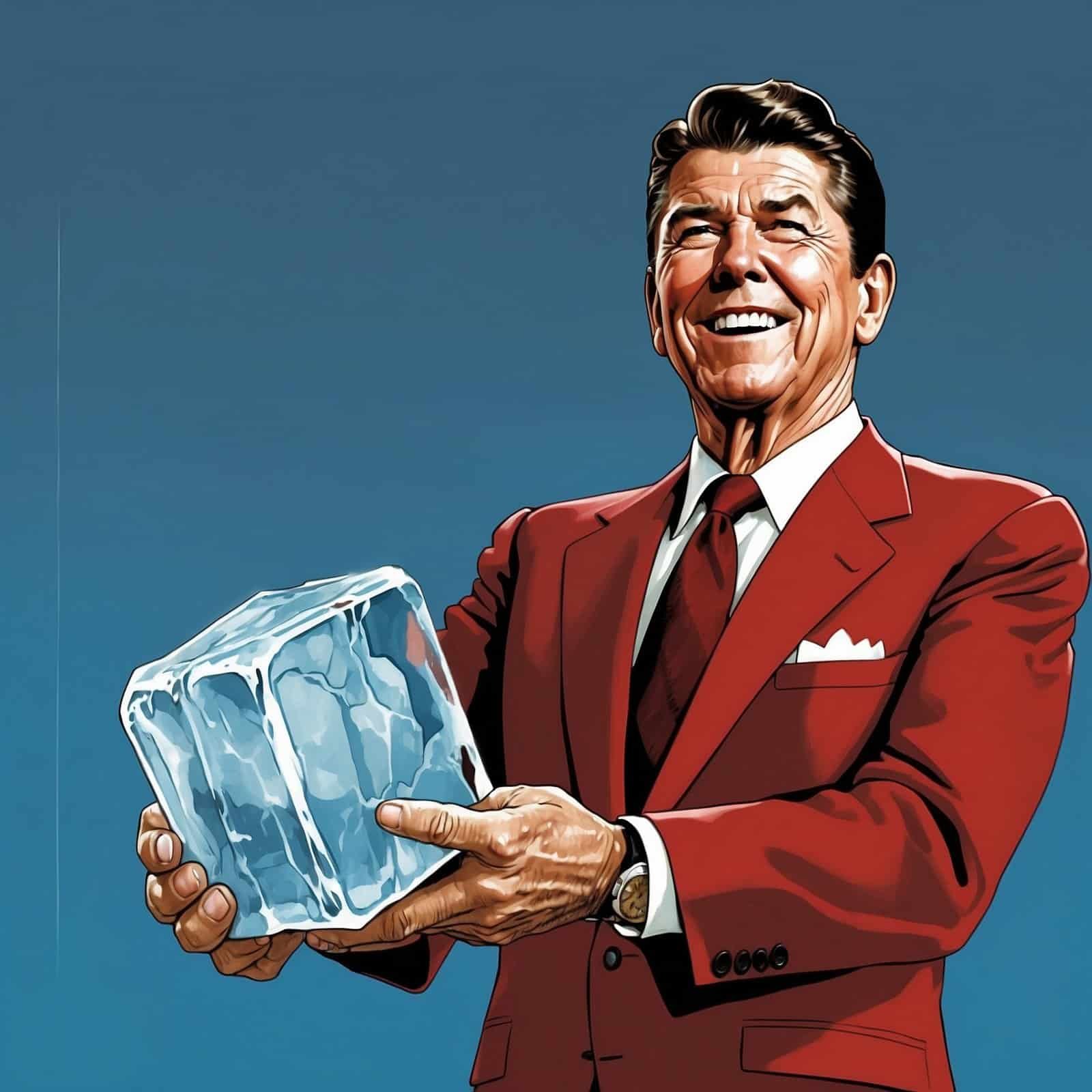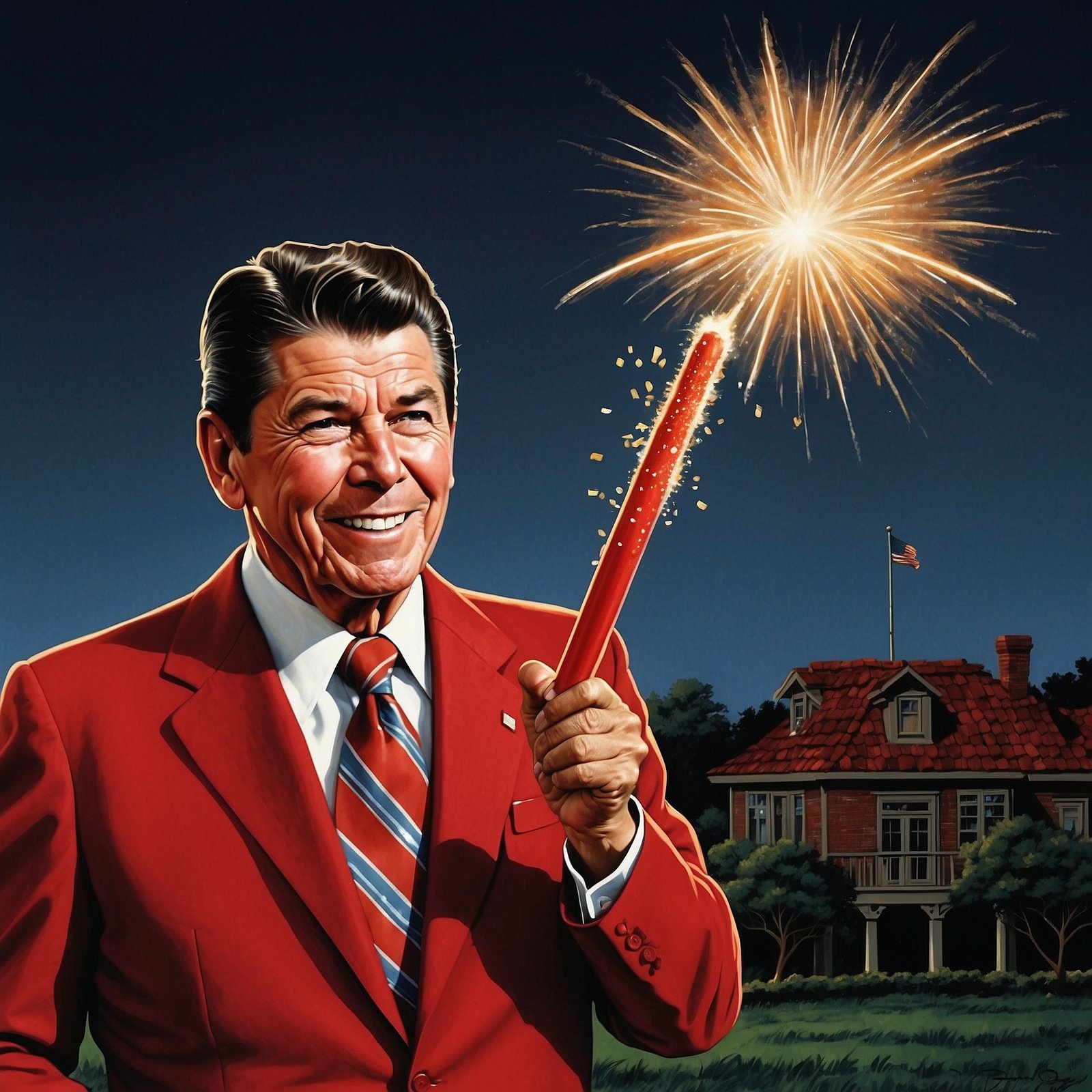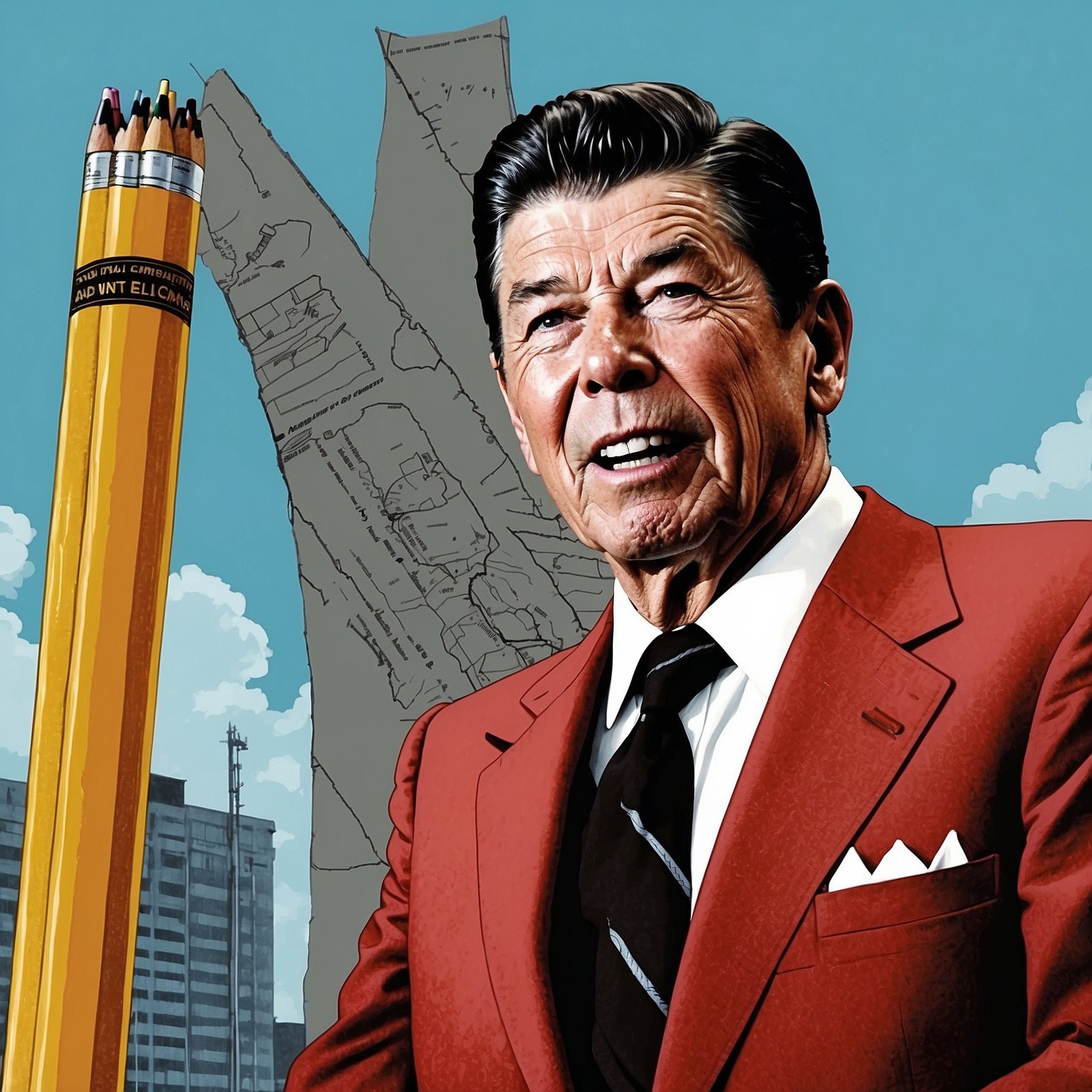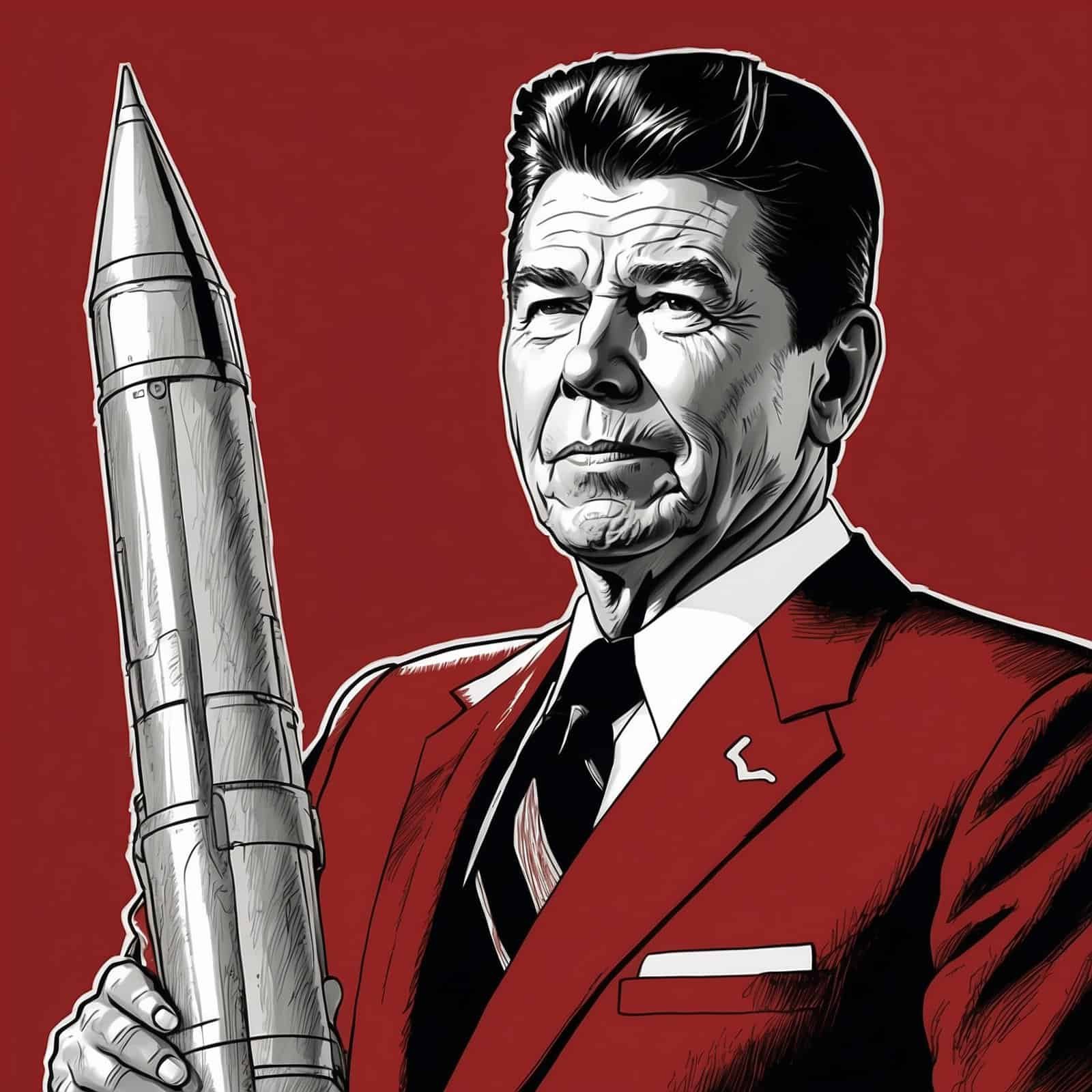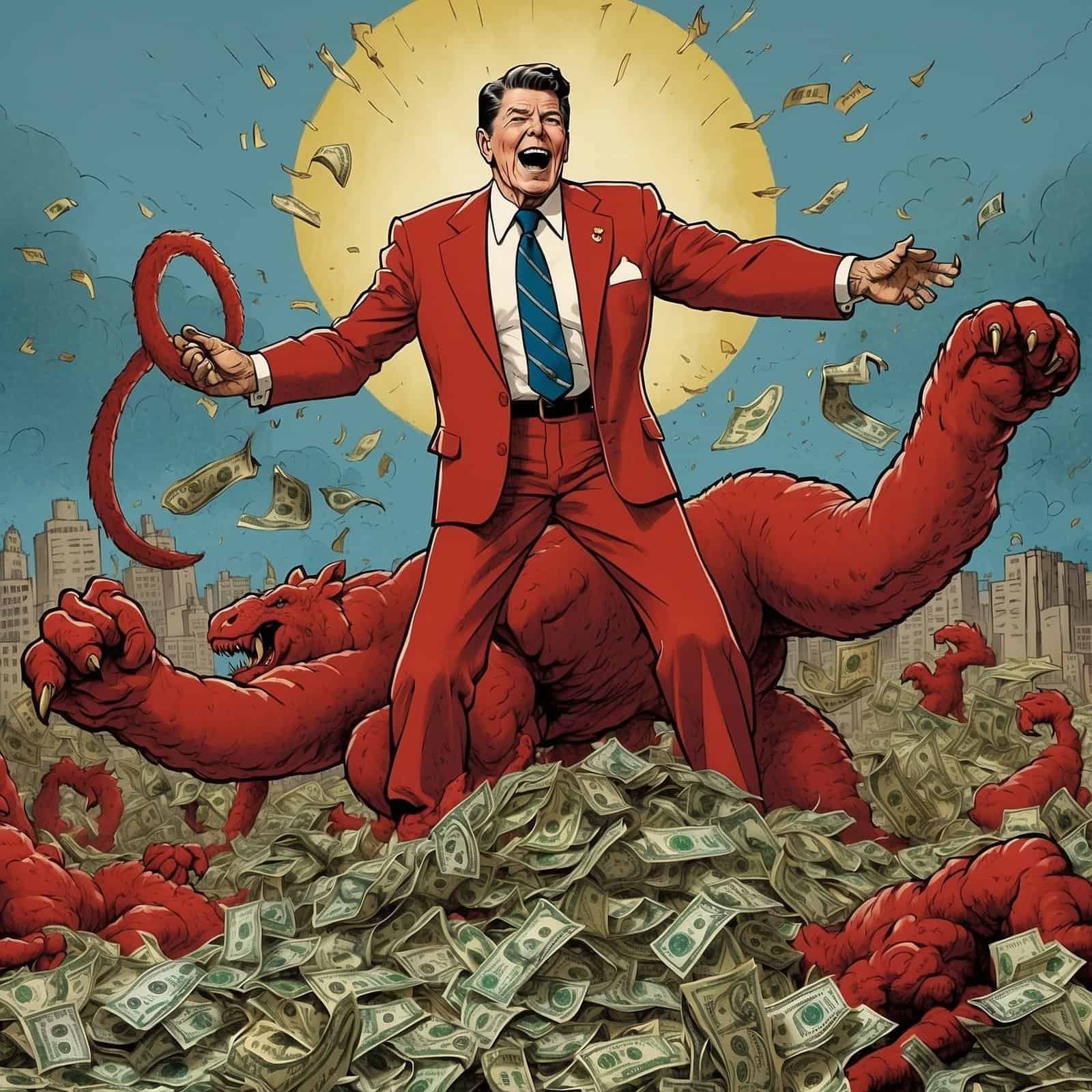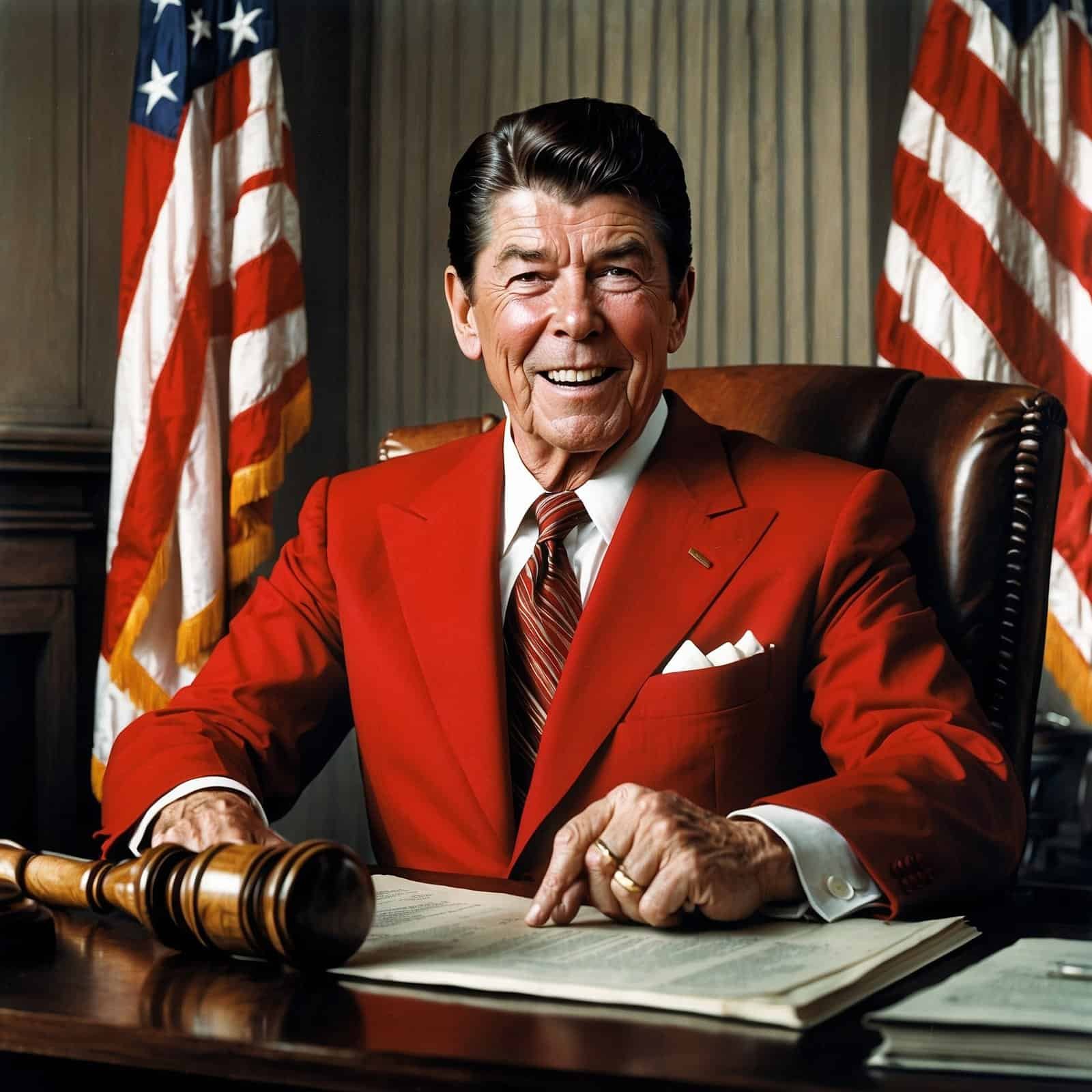Ah, Ronald Reagan. Whether you’re a fan or not, you can’t ignore him. Here’s a guy who could step onto the world stage, clear his throat, and remind everyone—Democrats included—that money doesn’t magically appear, even in the posh neighborhoods of DC.
But let’s get to the point: Reagan’s fixation on a balanced budget. We’re about to explore this financial thicket. Get ready for a wild ride!
Why focus on a balanced budget? Well, ask any conservative economist, and they’ll tell you it’s the secret sauce for our economy. Lower taxes, private investments, and bam! A self-feeding cycle of growth kicks in! Like a well-tuned engine, everyone wins—hardworking people, up-and-coming business owners, and yes, even those flashy Hollywood types who’d rather call Reagan a cowboy than admit his policies hit the mark.
Now, imagine Reagan in a room full of liberal policymakers. It’s like putting a fox in a henhouse. The room hums with the notion that higher taxes and spreading the wealth are the keys to happiness. Reagan, with his famous smile, would quip, “There they go again,” picking apart the maze of liberal economic ideas.
Reagan’s Economic Strategy
Under Reagan’s leadership, the tune changed. Slash those taxes! Boost investments! And tear down the bureaucratic mountain. Of course, liberals would gasp, clutching their pearls in horror. “But what about social programs?” they’d splutter. Reagan, quick as ever, would reassure them, “Even with lower tax rates, as the economy grows, so does our income. Essential services, safety nets—they’re all part of the deal!”
So there you have it—a plan for economic growth that didn’t rely on robbing Peter to pay Paul. But wait, there’s more. Reagan dared to suggest that the market should run with minimal government interference. Shocking, right? Free markets, he argued, spark innovation and efficiency. Who knew that giving people the freedom to succeed could do wonders for prosperity?
Addressing the Critics
Yet, the doubters persisted. “We need higher taxes for the rich and businesses!” they’d wail. Reagan would laugh, pointing out that this kills any reason for these businesses to expand and hire. The result? Job cuts, lower wages, and a stagnant economy—a shrinking economic pie. Go figure!
Take his talks with the Soviet Union—another prime example of his talent for balancing strength and diplomacy without breaking the bank. It wasn’t about building a massive military arsenal. It was about smart investments and building partnerships. Reagan knew that a strong national defense didn’t mean emptying the coffers.
The Budget Deficit Debate
But let’s circle back to the fuss over budget deficits. Critics were quick to attack, brandishing charts and numbers. They conveniently forgot that economic policies need time to show results. Reagan, ever the patient statesman, kept promoting growth through private sector incentives. His push for a balanced budget wasn’t just about the present but making sure future generations—our kids—aren’t saddled with massive debt from short-term financial blunders.
| Reagan’s Economic Principles | Expected Outcomes |
|---|---|
| Lower Taxes | Increased Investment |
| Reduced Government Interference | Market Innovation |
| Balanced Budget | Long-term Economic Stability |
In the end, while Reagan might’ve been the liberals’ favorite punching bag, he stuck to his guns. The economic boom that followed showed his unwavering faith in conservative principles paid off. When it comes down to it, old Ron knew a thing or two about balancing the books—financially and politically.
So, next time someone brushes off balanced budget talks as outdated, remind them of Reagan’s impact. After all, a balanced budget isn’t just about numbers; it’s about building a future where everyone can climb the prosperity ladder together. If that’s not worth cheering about, what is?
As Reagan himself said, “The greatest leader is not necessarily the one who does the greatest things. He is the one that gets the people to do the greatest things.” Let’s take that to heart!

